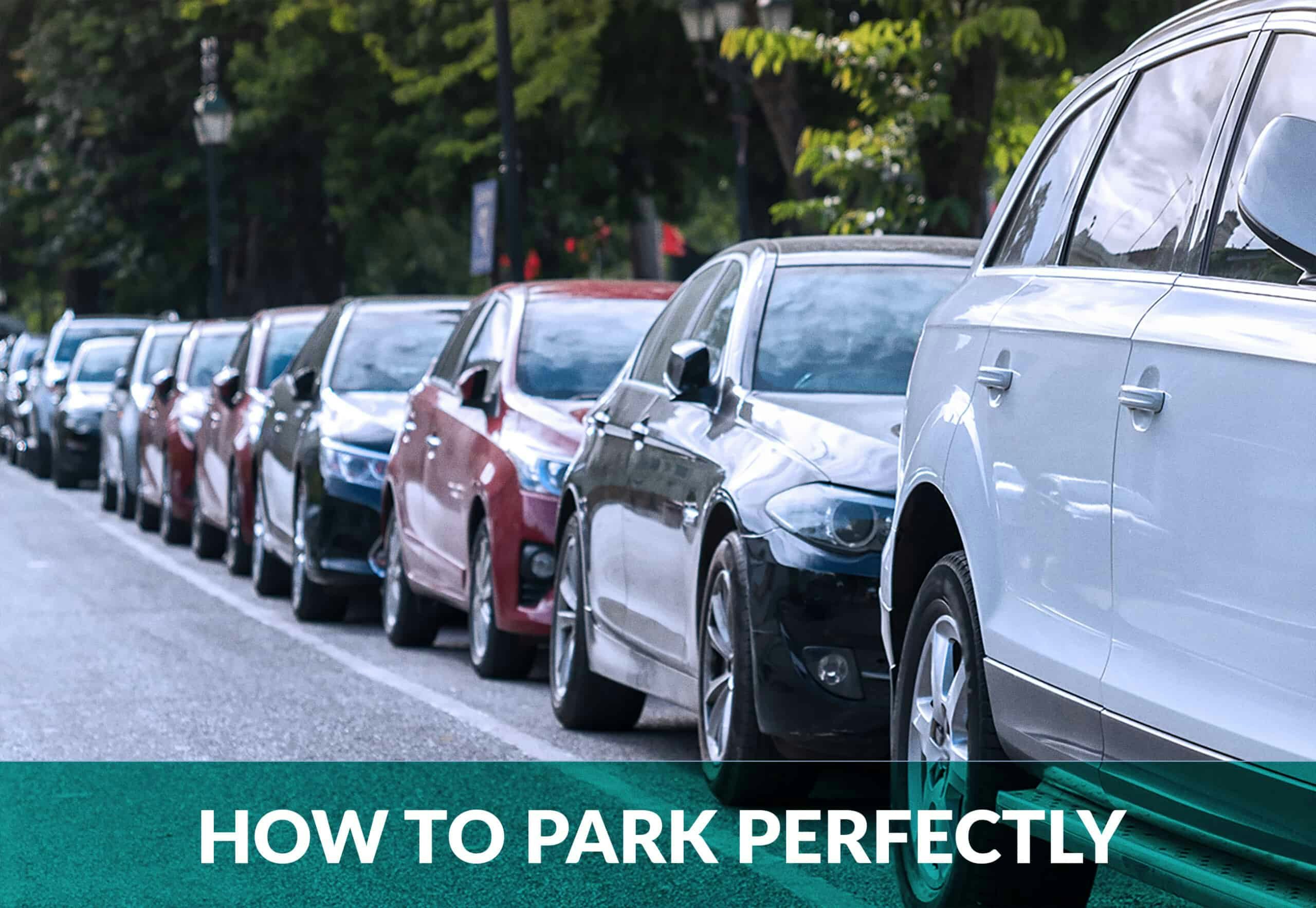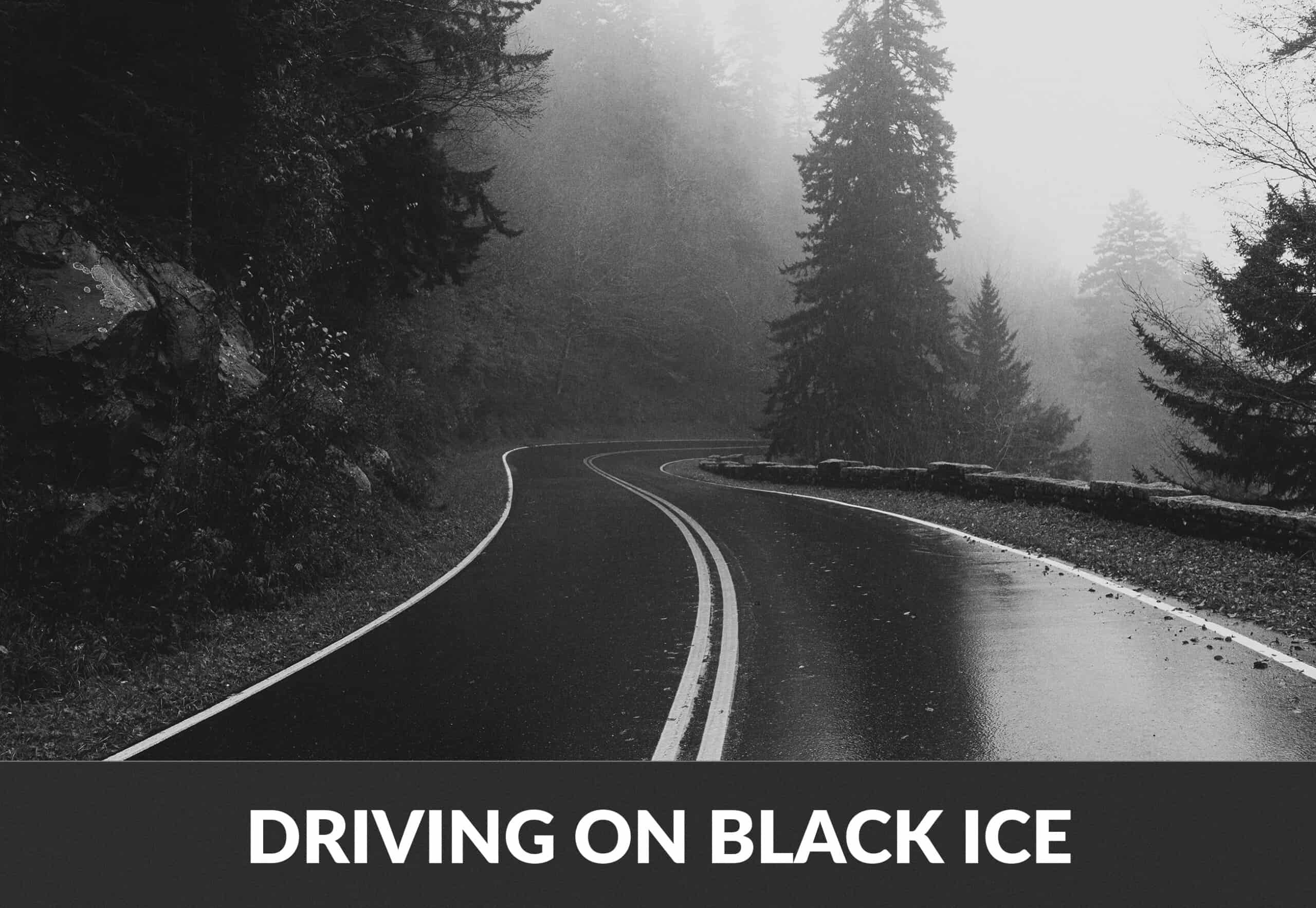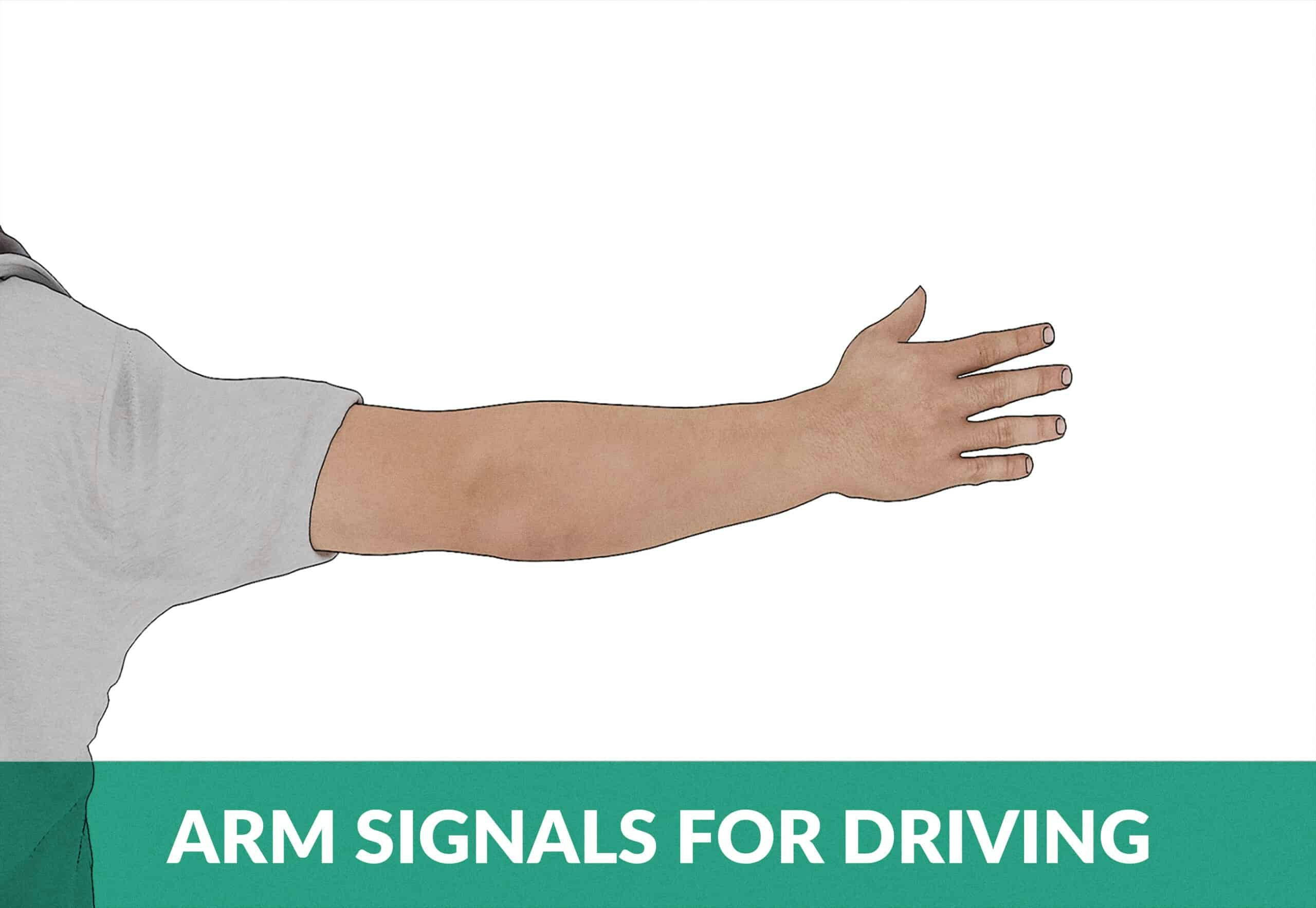
The 3 Basic Arm Signals for Driving Explained
Hand signals are used to communicate with other drivers in situations when your car lights malfunction or to reinforce direction indicator signals and stop lights. In addition, cyclists and those in charge of horses commonly use hand signals as they lack direction indicators.
All drivers must know and understand the hand signals that are used to communicate different actions like turning, slowing down, changing lanes, or braking. You must be able to recognise the hand signals used by other road users even if you do not need to use them yourself, and this may be tested on the DVSA practical driving test.
What are the Arm Signals for Driving?
Understanding hand signals is essential to keep yourself and others safe. There are 3 basic hand signals used in the United Kingdom:
- Slow down or stop – indicated by extending your arm out the window with an up-and-down movement.
- Move right or turn to the right – indicated by extending your arm straight out the window.
- Move left or turn to the left – indicated by extending your arm out the window with a spin going around and around (see the picture later).
In this article, we’ll go through when and how to use them if need be. Keep in mind that these hand signals are used in the United Kingdom and may be different in other countries.
Slow Down or Stop Hand Signal

If your brake lights are functioning, they will light up and communicate to other drivers any time you press the brake pedal. Without brake lights, you can indicate your intention to slow down or stop by extending your arm out the window and waving up and down. Make sure your arm is clearly visible to other drivers behind you.
By using this hand signal you will give driver’s behind you time to adjust and slow down even if they are following closely behind. Due to how prevalent tailgating and rear-accidents are, warning other drivers of your intentions can be the difference between being in an accident or not.
Right Turn Arm Signal

You also need to signal if you intend to move or turn to either side. The right turn hand signal is indicated by extending your arm straight out through the window. Make sure you extend the arm far enough to be visible to other drivers but without striking any other vehicles or objects with your arm.
Left Turn Arm Signal
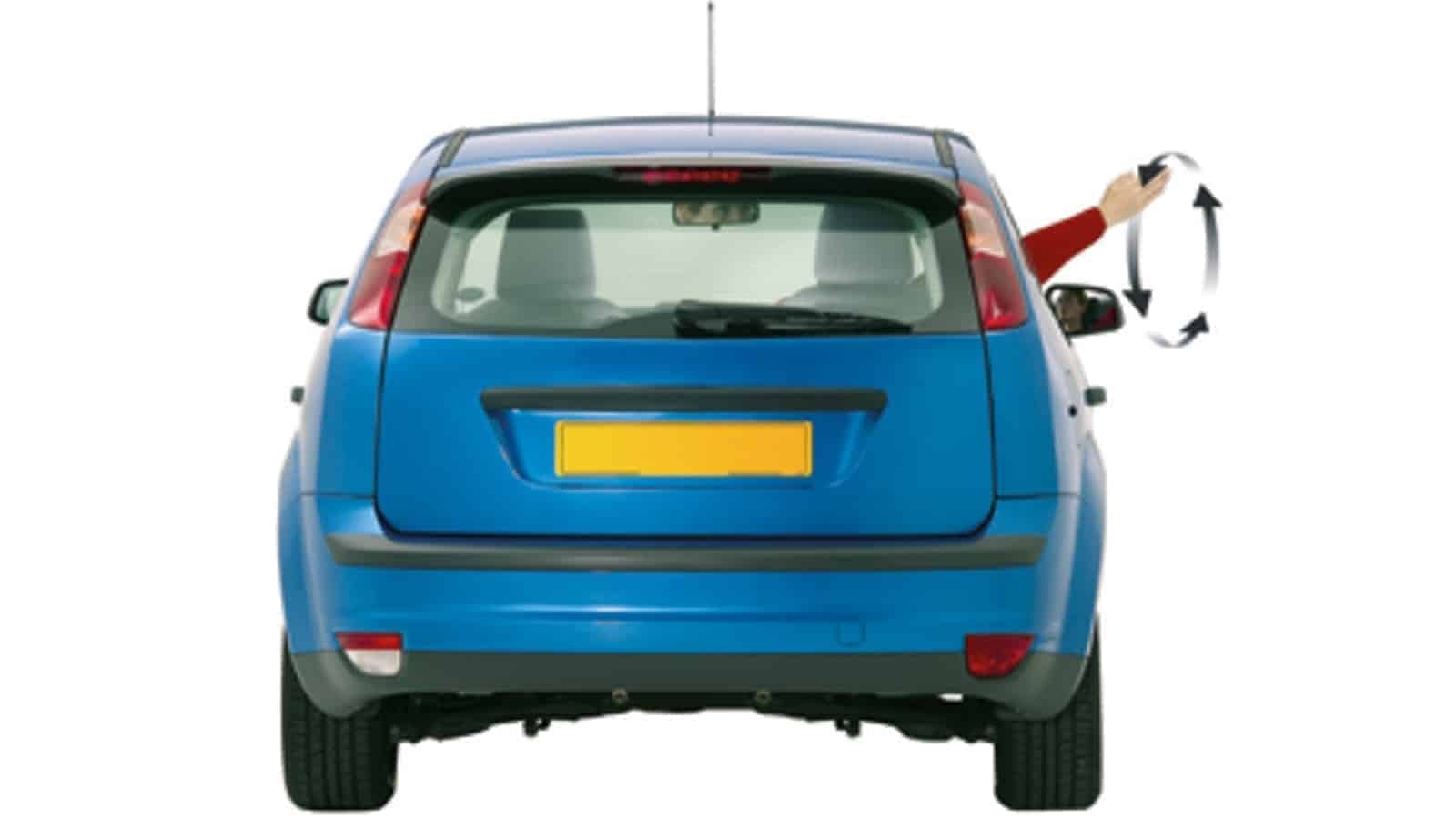
The last situation is if you intend to move or turn to the left. The left turn hand signal is indicated by an arm straight out through the window with a spin.
As you are making a move to your left side, vehicles that are already on your left side won’t be able to see the hand signals you make from your driver’s seat. Display caution before changing lanes or turning to the left when you use hand signals.
When Should Hand Signals Be Used?
We have driving laws in the United Kingdom that require each driver to signal his or her intention(s) to others. This means you must use hand-signals when your turn indicators are malfunctioning or your signal lights are obscured by bright sunshine or vehicles (e.g. in a queue).
In general, using hand signals is a short-term solution that should only be used to transport your vehicle to a place where the problem can be solved or to handle an immediate situation. Do not rely on hand signals for an extended period as the chance of a crash will be far higher than normal.
Using Hand Signals at Night
At night it will be so dark that nobody will be able to see your hand signals. If your turn indicators or brake lights are not working and it is dark outside, postpone the trip until the lights have been repaired.
Hand Signals for the Practical Driving Test
On the driving test, your examiner will ask you to show one or several hand signals.
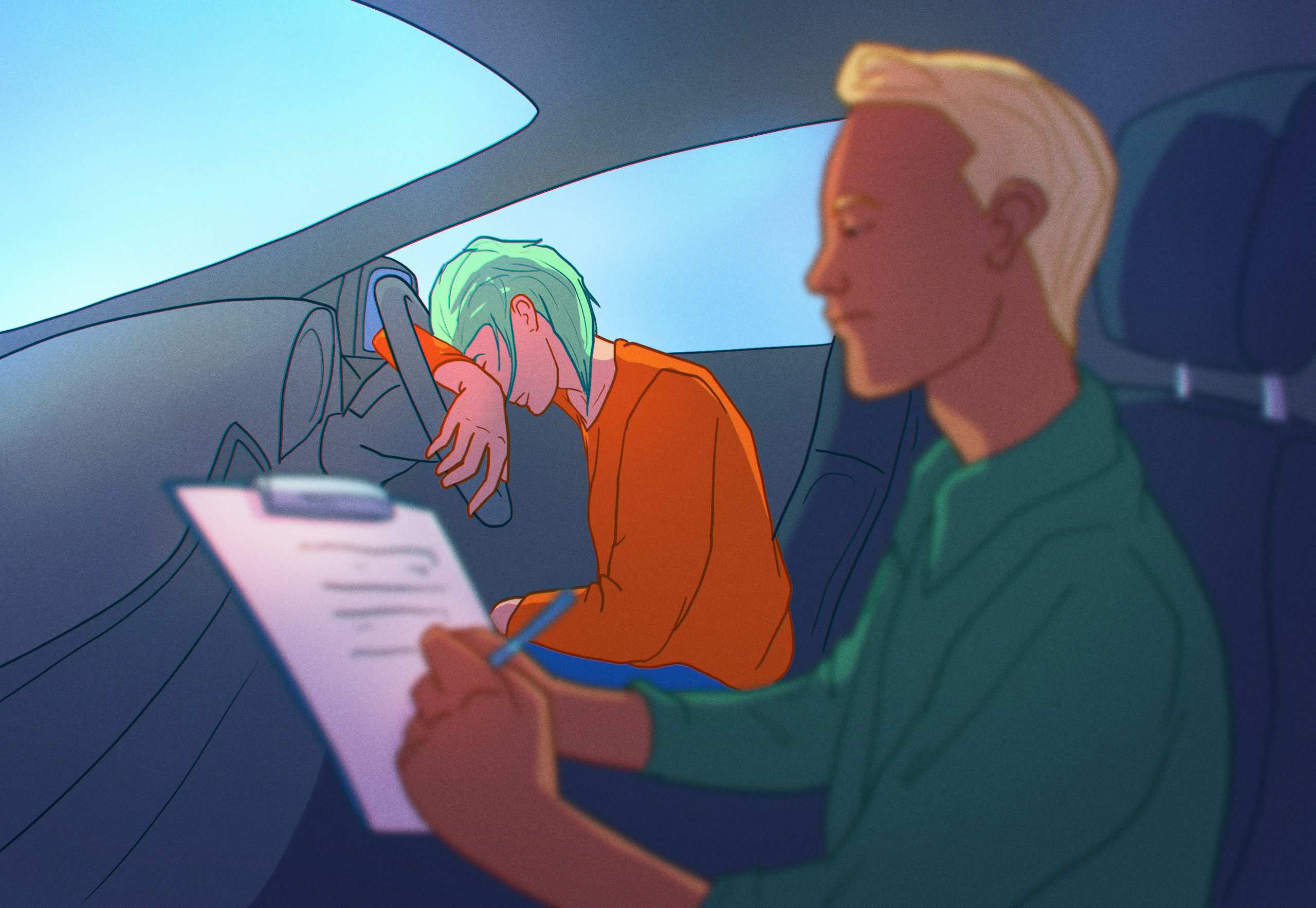
Before you go to the driving test, practice the hand signals at home until you know them by heart. You don’t want to fail your driving test or be the one causing an accident because you misunderstood another driver’s hand signals.

550+ exam-like questions
All you need to ace your test
Free trial
Recommended articles
Ace your theory test, guaranteed
Want to Be the Top School in Your Area?
- Simple & automated admin
- More time for teaching
- #1 learning materials for students

